
views
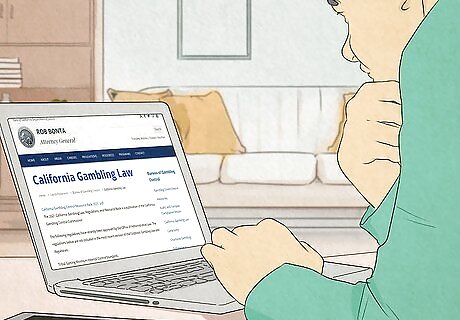
Know the law. In some American States, laws are in place banning any form of gambling, including pools that result in no profit to the organizer. If this is the case, you won't be able to do this for financial reward, or involving money. If playing for money is not permitted, play for something else, such as simply winning and being able to brag! It can still be a good excuse for a party.
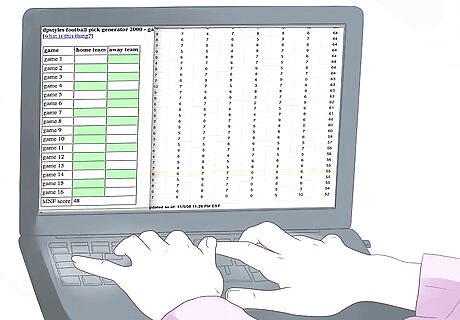
Make a grid. Draw a grid on thick cardboard that consists of 10 rows across and 10 columns high. Use a ruler to keep it straight. Make sure there is adequate space for names or initials in each of the squares. Alternately, print off a football pool grid. These can be found doing an online search (look for "printable football grid" to find one) and can be printed off on an 8-1/2 inch x 11 inch (21.5cm x 27.9cm) piece of paper, consisting of 100 squares.
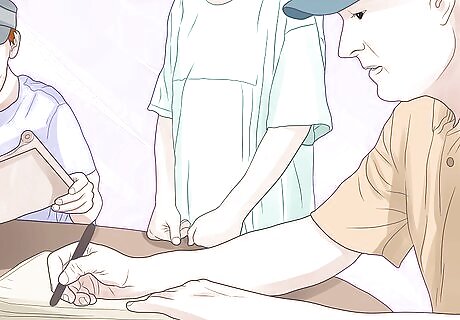
Write in the team names. Down one side of the grid, write one team's name, and write the other team's name across the top of the grid.
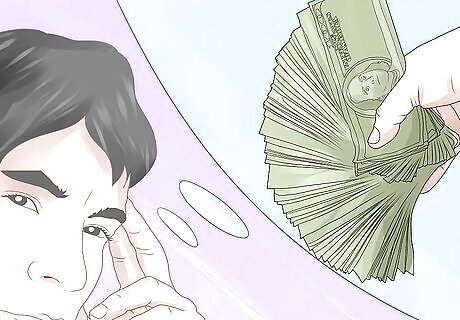
Decide the pricing and winnings. You'll need to decide how much to charge per square and how to pay out the pot. Pricing the squares: A usual price is $1.00 per square, for a total pot of $100.00. Paying out the pot: The most common way is to pay something at the end of each quarter. You can decide what percent of the pot will be paid out each time. For example, 25 percent after the 1st quarter, 25 percent after the 2nd quarter and so on until 100 percent of the pot is paid out. Large Super Bowl Pools cost can $100 per square,(for a total pot of $10,000) and pay $100 for every score change. For example, at the beginning of the game, the person with 0-0 gets $100. If the first score is a touchdown, then the person with the correct 6-0 gets $100. If the PAT is good, then the person with 7-0 gets $100, and so on. You can pay $500 for the first three-quarter scores, then pay the handsome balance to the person with the correct final score.
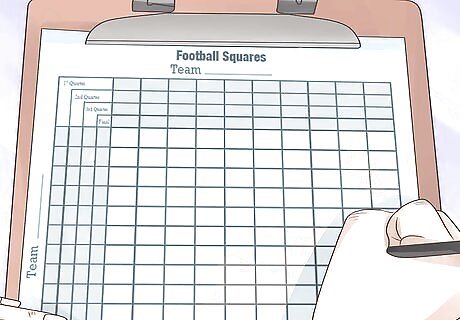
Have each participant select empty squares on the grid. "Sell" squares on the grid until all 100 squares are filled in with the buyer's name. Buyers can purchase multiple squares.
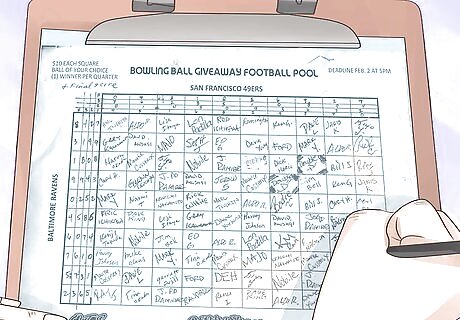
Draw the numbers that will be filled in along the top and down the left side of the grid. Create 10 small squares of paper and then write one number (zero thru nine) on each piece of paper. Fold the 10 squares and put them into something to draw from, like a hat or an ice cream container. Choose somebody to draw one number at a time. As the numbers are drawn out, fill them in across the top, starting from left to right. Fold them back up and do the same for the left side, top to bottom. When finished, the numbers will be in random order across and down the grid.
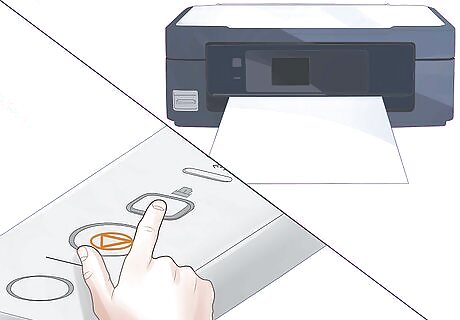
Make copies of the grid on your copier or printer copier for each participant. Place the original grid where everyone can see it, especially if you're having a party, and have someone responsible for keeping it updated.
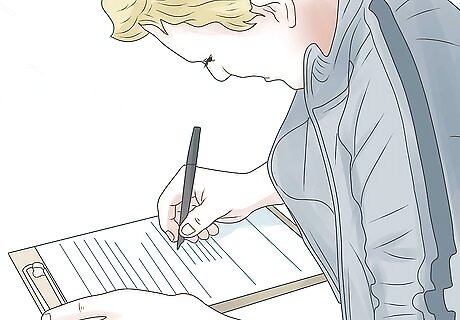
Decide how winners will be determined. A very common way is to use the "last digit" method. Basically, take the last digits of each team's score and find where those numbers intersect on the grid. For example, if the final score is A's 19 and F's 12, line up the 9 from the 19 of the A's and the 2 from the F's side. The intersecting square when you draw your fingers down and across from 9 and 2 is the winner. (This is the exact same method used for reading a street map.)
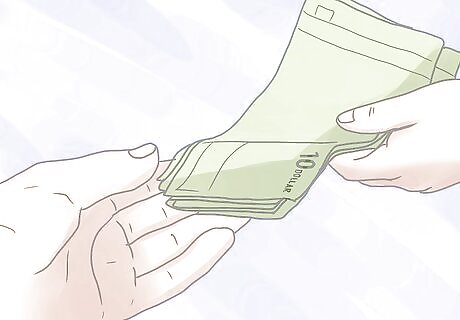
Enjoy the game and pay out the pot as decided.













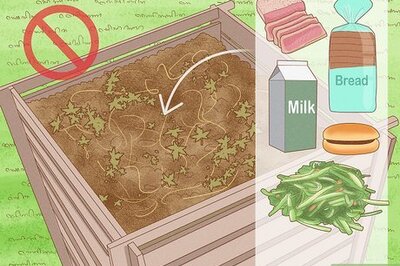






Comments
0 comment